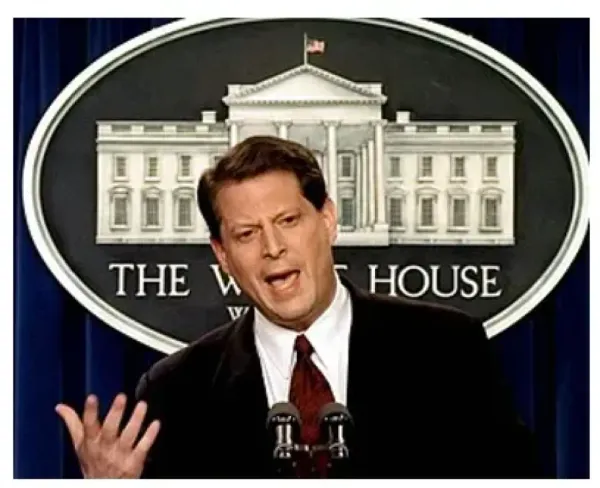Virginia, Pennsylvania Discuss State Maps of Broadband Availability
WASHINGTON, April 22, 2009 – With the fast-moving broadband stimulus package almost certain to stretch the capabilities of federal agencies such as the Commerce Department’s National Telecommunications and Information Administration, state governments and agencies say they can help expedite the proc
WASHINGTON, April 22, 2009 – With the fast-moving broadband stimulus package almost certain to stretch the capabilities of federal agencies such as the Commerce Department’s National Telecommunications and Information Administration, state governments and agencies say they can help expedite the process.
Sue A. Suleski, Technology Investment Specialist and Program Manager for the Pennsylvania Broadband Initiative, said the state had registered considerable progress in deploying broadband technology thus far.
She spoke at the April 14 meeting of the Broadband Breakfast Club, which is organized by BroadbandCensus.com.
The web site Broadbandinpa.com, she said, was an on-ongoing attempt to map and test broadband in the state on the basis of available data and ZIP codes, so as to determine both the availability and type of broadband being offered.
Karen Jackson, Office of Telework Promotion and Broadband Assistance in Virginia, said her state had thrived on a “statewide perspective and strategy.”
She said that Virginia had formulated recommendations toward careful mapping of broadband availability by identifying areas that were unserved. The state had started the process of broadband mapping at the county level, and was now working toward industrial park-by-industrial park identification.
Jackson said that Virginia’s map was expected to be released within two weeks.
Also speaking at the event was Graham Richard, the former mayor of Fort Wayne, Indiana, and Betty Ann Kane, Chairman of the D.C. Public Service Commission. Kane has been leading an effort of states to coordinate efforts at broadband data-collection and deployment.
Richard said that states have “highly skilled and trained workforces” to help implement ideas about implementing the $7.2 billion broadband stimulus.
“Their success at that level would lay a good ground for our competitive advantage in coming years,” said Richard, adding that it would limit offshore outsourcing and preserve domestically-available jobs.
As mayor, Richard was responsible for a broadband initiative that brought a $100 million fiber-optic investment in Fort Wayne.
Suleski and Kane agreed that states’ role in aggregating demand could be vital.
Members of the audience expressed interest in:
- Disparities of access to broadband within similar ZIP codes.
- The need to maintain up-to-date databases. Suleski said that legislation in Pennsylvania required updates after every six months.
- Public utility commissions being duty-bound to satisfy public interest.
- A strategic sense of emerging and future needs be maintained.
- A determination being made on who would be responsible for ensuring universal broadband access.
The Broadband Breakfast Club on Tuesday, May 12, 2009, will focus on defining the role of unserved and underserved. Speakers include Randolph J. May, President of the Free State Foundation; Jean Plymale of the Virginia Tech eCorridors Program; James Bradford Ramsey, general counsel of the National Association of Regulatory Utility Commissioners; and S. Derek Turner, research director of Free Press.
Registration is available at http://broadbandbreakfast.eventbrite.com. The current series of the Broadband Breakfast Club, “Spending the Broadband Stimulus,” is sponsored by the National Cable and Telecommunications Association, and the Benton Foundation.









Member discussion